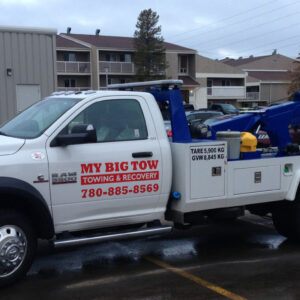What Is a Handheld Laser Cleaner?
A handheld laser cleaner is a cutting-edge device used for non-contact surface cleaning, rust removal, paint stripping, and preparation of materials using focused laser beams. Unlike traditional methods such as sandblasting or chemical cleaning, handheld laser cleaning uses high-energy laser pulses to remove contaminants from surfaces with unmatched precision and minimal environmental impact.
Table of Contents
ToggleWhy Handheld Laser Cleaners Are Gaining Global Attention
Laser cleaning technology is gaining rapid adoption across industries like aerospace, automotive, marine, and manufacturing. Here’s why professionals are making the switch:
Benefits of Handheld Laser Cleaners
| Feature | Advantage |
|---|---|
| Non-contact cleaning | No abrasion or damage to base material |
| Eco-friendly | No chemicals, solvents, or secondary waste |
| Precision control | Adjustable power and focus for detailed applications |
| Low maintenance | Fewer moving parts, long service life |
| Time efficiency | Instant results with no drying or curing time |
How Does a Handheld Laser Cleaner Work?
Laser cleaning relies on laser ablation, where a concentrated beam of light heats and vaporizes surface contaminants like rust, paint, or oil. This process:
-
Targets only the unwanted layer without harming the substrate
-
Can be fine-tuned based on surface sensitivity
-
Leaves no residue, reducing post-cleaning efforts
Top Applications of Handheld Laser Cleaning Machines
-
Rust Removal: Quickly eliminates rust from steel without brushing or chemicals.
-
Paint Stripping: Ideal for aircraft, auto parts, and metal structures.
-
Weld Preparation & Cleaning: Removes oxides and residues before and after welding.
-
Oil and Grease Removal: Perfect for precision parts and molds.
-
Historical Artifact Restoration: Gently cleans sensitive items like sculptures and stone.
Real-World Industry Use Cases
-
Automotive: Extends the lifespan of components through contactless degreasing.
-
Shipbuilding: Prepares metal surfaces without grit or dust.
-
Food & Pharma: Cleans mold tools and conveyors with no cross-contamination.
-
Railways: Removes graffiti, rust, and debris from train exteriors safely.
FAQs: Everything You Need to Know
Q1: Is handheld laser cleaning safe for all surfaces?
Yes, when calibrated correctly. Power and frequency adjustments ensure that soft metals and hard alloys are cleaned without damage.
Q2: Can it replace sandblasting or chemical stripping?
Absolutely. It eliminates dust, noise, and hazardous waste, making it a cleaner and safer alternative.
Q3: How much training is required to use one?
Minimal. Most devices are user-friendly with intuitive interfaces, although professional training enhances performance and safety.
Q4: Does it require ventilation or special PPE?
Yes. Although safer than chemical methods, proper eye protection and local exhaust ventilation are necessary due to laser emissions and airborne particles.
Q5: What power levels are available for handheld units?
Handheld laser cleaners typically range from 20W to 2000W, with higher wattage suited for industrial-scale tasks.
Key Buying Considerations
Before choosing a laser cleaning system, evaluate the following:
-
Wattage: Higher power = faster cleaning, but more costly
-
Weight and Ergonomics: Handheld units should be lightweight for long use
-
Cooling System: Air or water cooling, based on environment
-
Control Interface: Look for touchscreen panels and customizable settings
-
Portability: Compact units with mobile trolleys are ideal for field use
Expert Tip: Compare with Traditional Methods
| Cleaning Method | Speed | Environmental Impact | Cost Over Time | Surface Damage Risk |
|---|---|---|---|---|
| Laser Cleaning | High | Low | Lower (long-term) | Very Low |
| Sandblasting | Moderate | High (dust/debris) | High (media, maintenance) | Moderate to High |
| Chemical Cleaning | Low | High (toxicity) | High (disposal, purchase) | High |
Why Industry Leaders Trust Laser Cleaning Technology
handheld laser cleaner offer a future-ready solution that combines high performance with eco-conscious operation. Trusted by engineers, preservationists, and manufacturers, they reduce operational costs while ensuring safety and compliance.
Professionals across sectors are choosing this method for its precision, repeatability, and efficiency, placing it at the forefront of industrial innovation.








